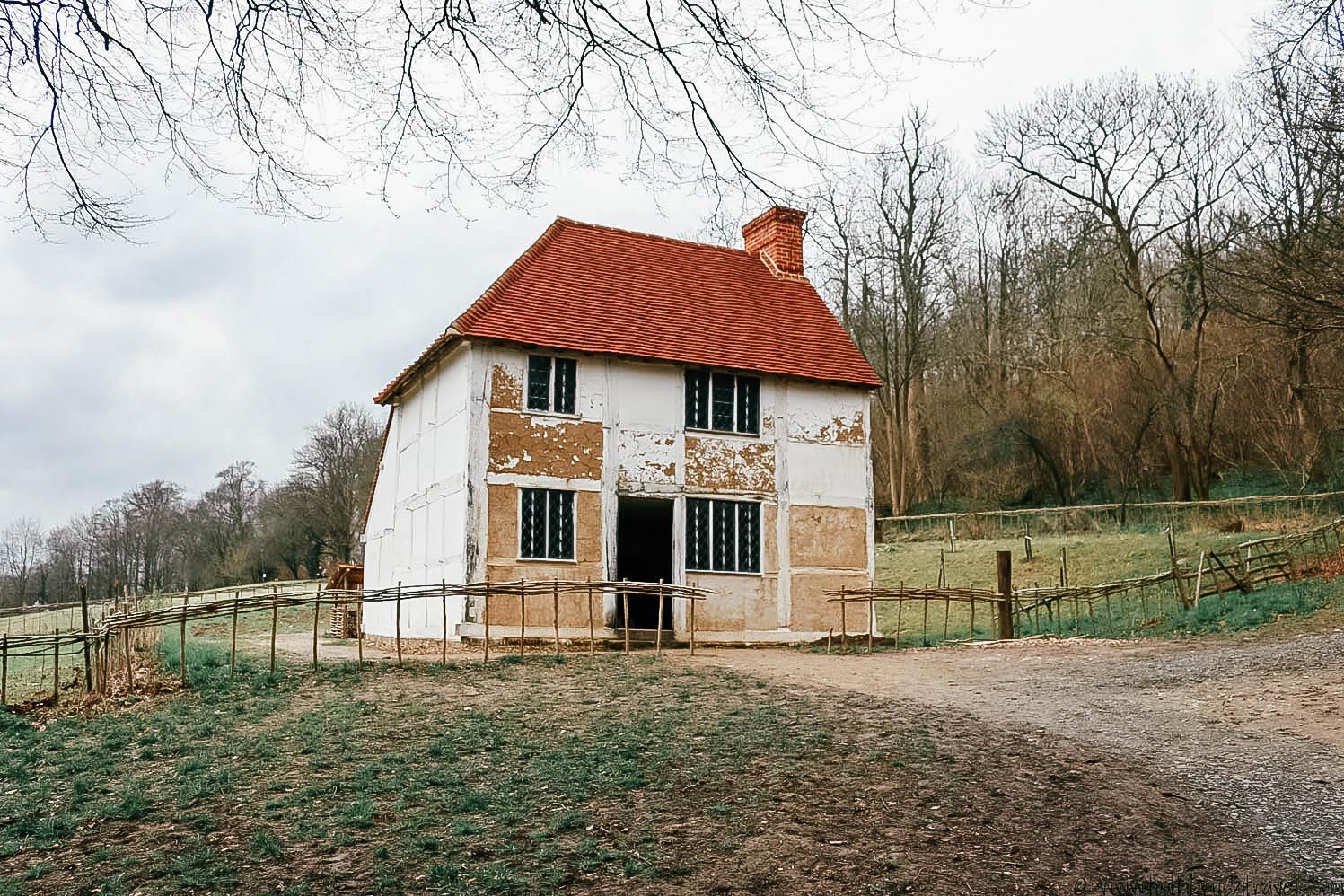If you had asked me last year what I thought of living in England again I probably would have told you that I’m really not happy because it’s cold and I miss living in shorts and flip-flops. But now? Well, I love being able to wear trousers again, I no longer take the patchwork quilt of greens, browns and yellows of the fields that surround my city for granted and even though I’ve been back in England for over a year now, I feel like I’ve only just started really seeing it for the first time.
I’m looking at everything with new eyes, finding places to explore and realising how much there actually is to do around here that I had never paid much attention to before. One such place is the Weald And Downland Open Air Museum in Chichester.
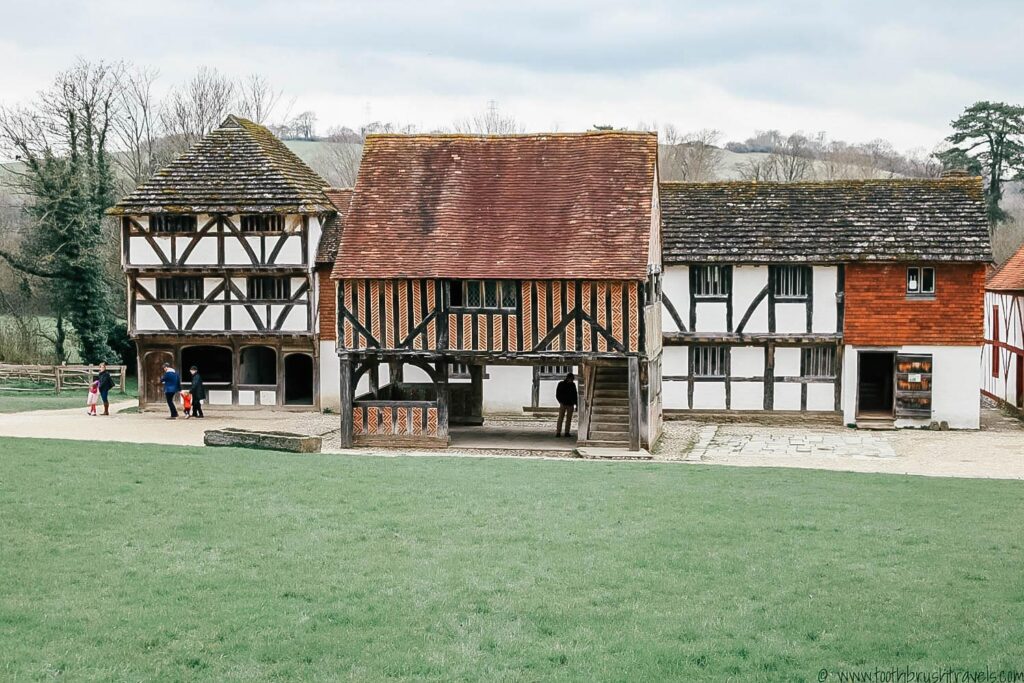
Weald And Downland is a 50-acre open-air museum that houses, well… Houses. They have a collection of over 40 quintessentially English houses, farm barns and public houses which span across centuries, with some of the buildings dating back as far as the 11th and 12th centuries.
Located in Singleton, I had always assumed that the houses had been there since they were built and were just lucky enough to be preserved and protected, but this isn’t actually the case.
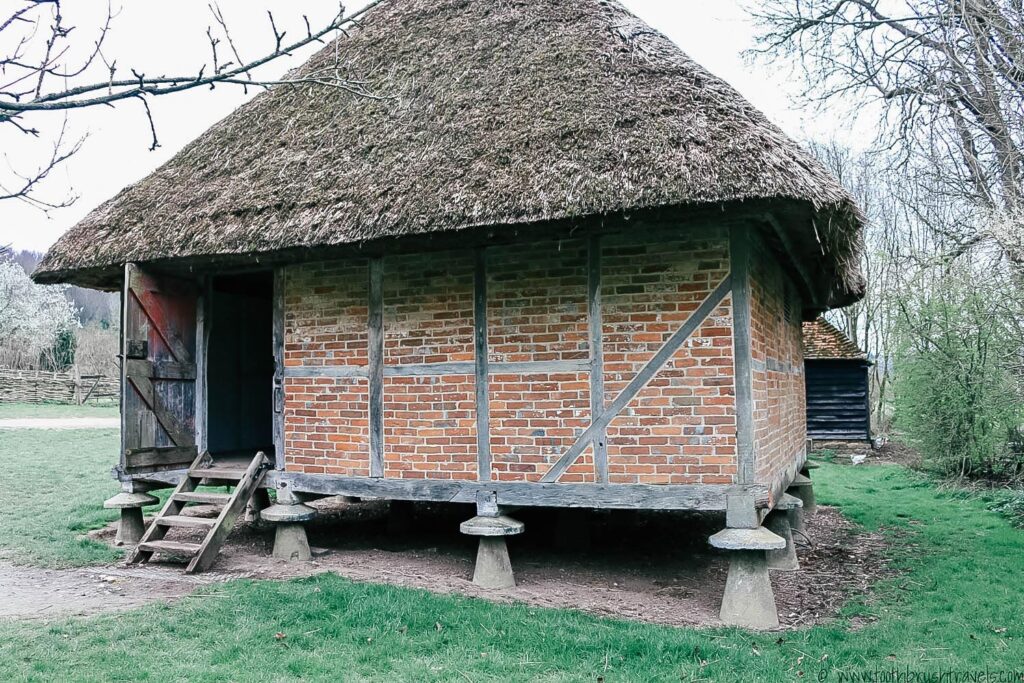
The buildings seen at Weald and Downland have actually been rescued from various counties across England, such as Kent, Sussex, Surrey and Hampshire. The houses were brought to the museum and carefully resurrected on the museum grounds with special care and attention going into renovating the buildings to be structurally safe, whilst maintaining the essence of how they were when they were built.
The houses are old. Obviously.
Dirt floors, combined with windows are pretty much just holes in the side of the walls, with some, but not all, of them having wooden shutters.

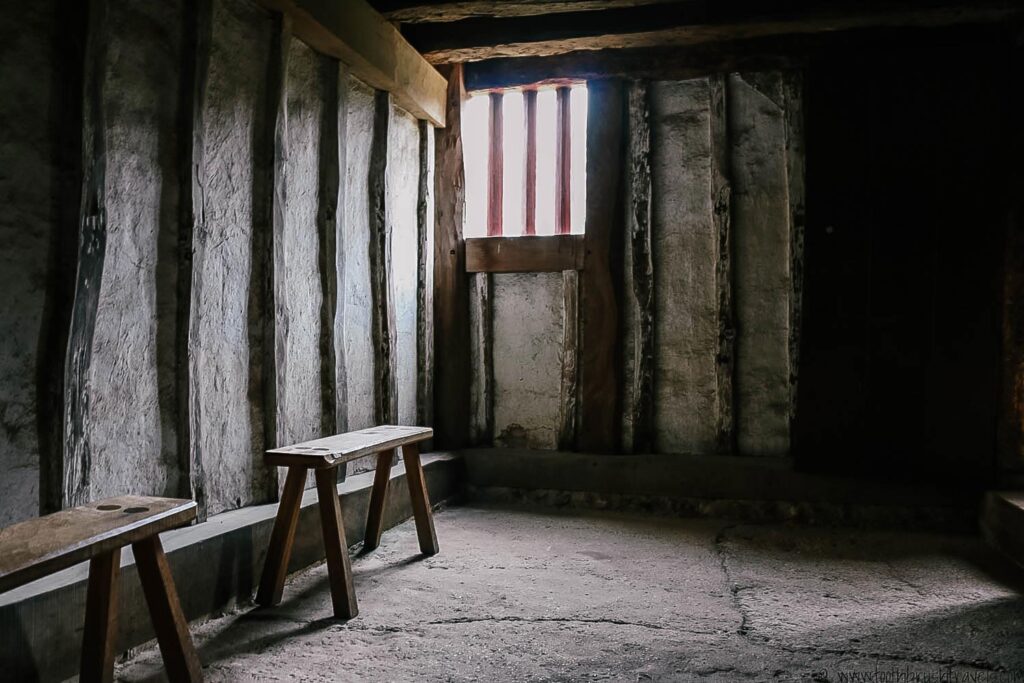
There’s no double glazing here and most of these are projects that even those eager beavers on ‘Homes Under The Hammer” would shy away from. But they’re completely and utterly charming, steeped in history and I found it incredibly interesting to see how people lived all those years ago.
It made me realise how much I would struggle to live in those times.
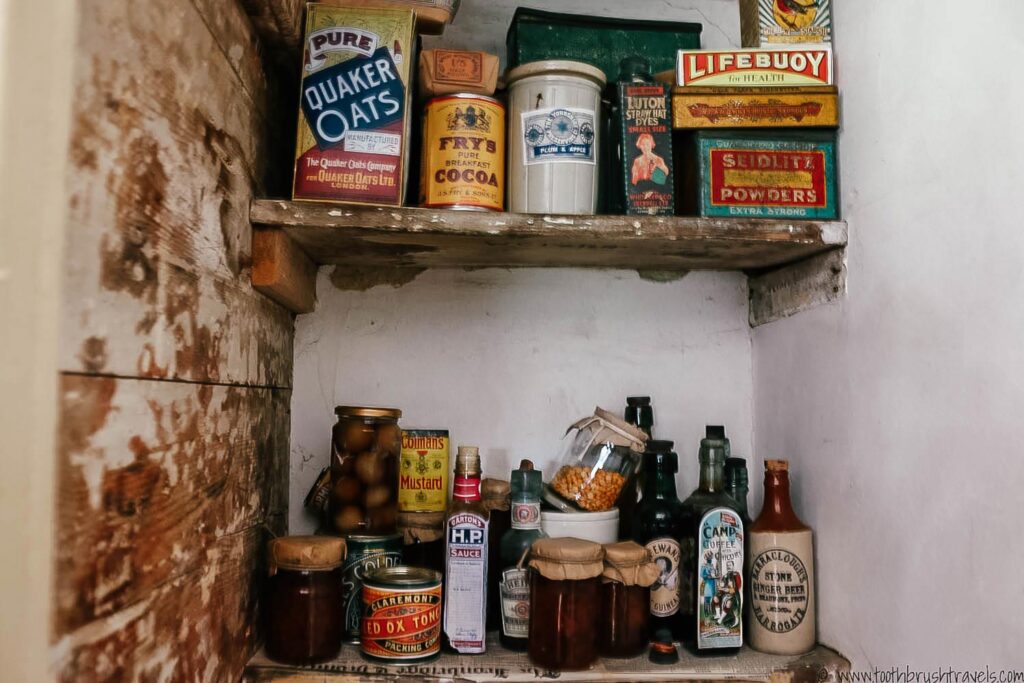
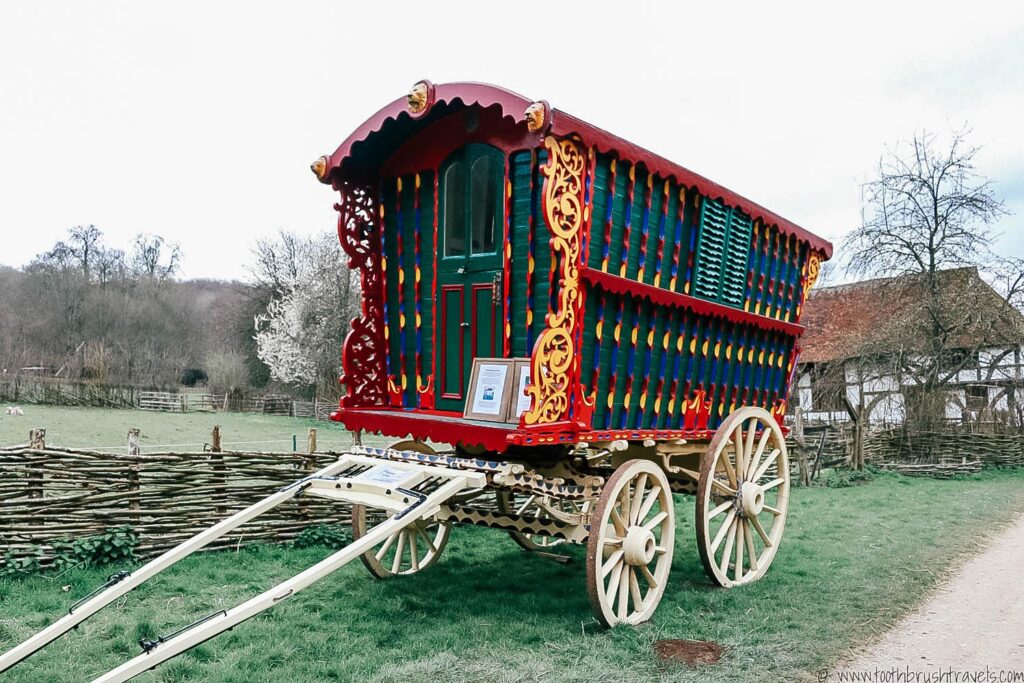
I’m far too accustomed to our current way of living, where you don’t poop into a hole. The cooking methods I’d be fine with if I lived near water because I’m not a half-bad fisherwoman and I know how to start and maintain a fire (with matches, I’m not that good). But on the whole, I just don’t know if I could get behind the no street lights thing, because fun fact for you: I’m slightly terrified of the dark. Because seriously, how am I supposed to defeat my attackers if I cannot see them? The attackers that in my 23 years of life, I have still, fortunately (for them mwahaha), not come across.
I spent the day wandering around deciding what my role would be if we were born in that era, (and women got to choose what they were doing) and I realised that I wouldn’t have a clue what I would want to do. I’d like to think that I’d be some amazing architect who helped design the most incredible houses. But let’s face it. I probably would have bought a fishing rod, and a pimp-ass wagon and started my own business called “The Codfather” or “Frying Nemo” or something.
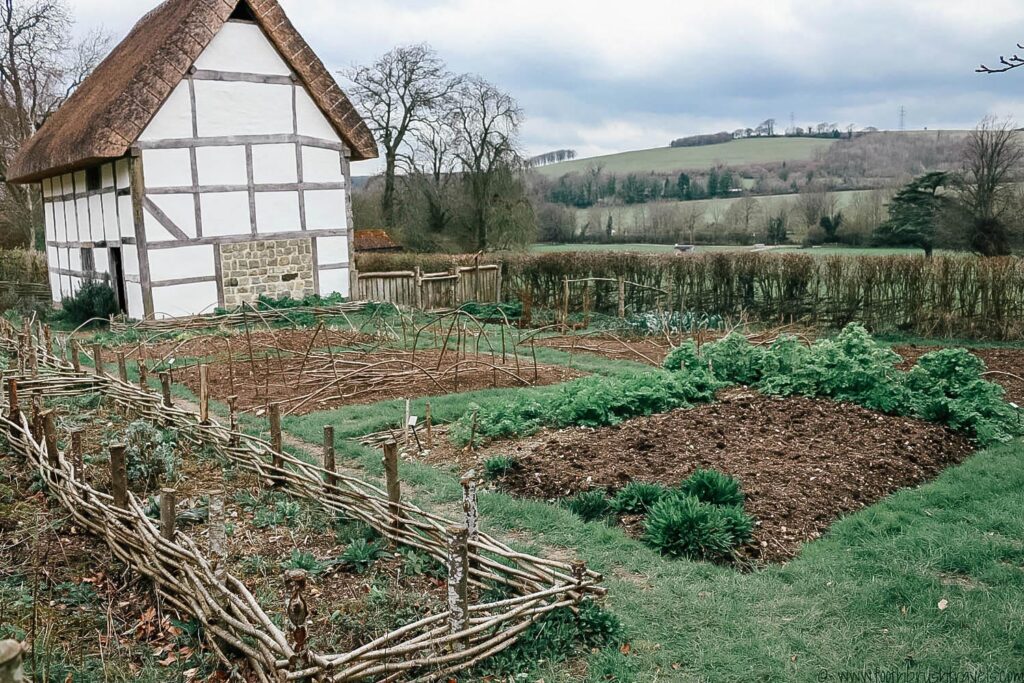
Weald and Downland have plenty of events throughout the year, which include not only food festivals but demonstrations on recipes and cooking methods. I turned up on the day they were cooking flat breads and porridge, which was an interesting concoction shall we say—with herbs and egg mixed into it. But apparently, the next day they were due to have a hog roast, so clearly I timed our visit ALL wrong!
The grounds aren’t just filled with houses that people lived in but with farm buildings filled with old ploughing equipment, tool sheds filled with tools (lol) and an old church too.
Weald and Downland also have an educational building where you can learn how they sourced their materials, and how the wooden frames were cut and assembled, with mini replicas for you to play around with to see how the structures are slotted together.
But my favourite part was playing with the old toys.
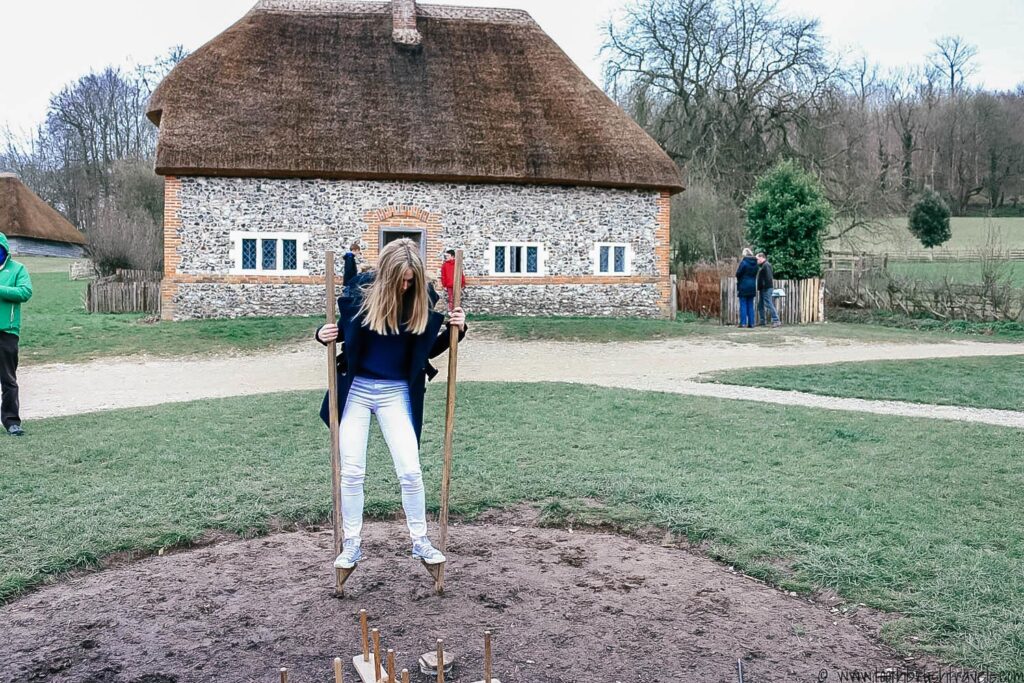
Hula hoops, rope toss and stilts may be old-fashioned games, but they’re still mighty challenging and fun. I spent ten minutes trying to walk on stilts and I’m (slightly) ashamed to admit that I still didn’t manage to take more than three steps on them.
Admission Price: £12.50
Entertainment gained from falling off of stilts: Priceless.
Find more information on Weald And Downland by visiting their website.
